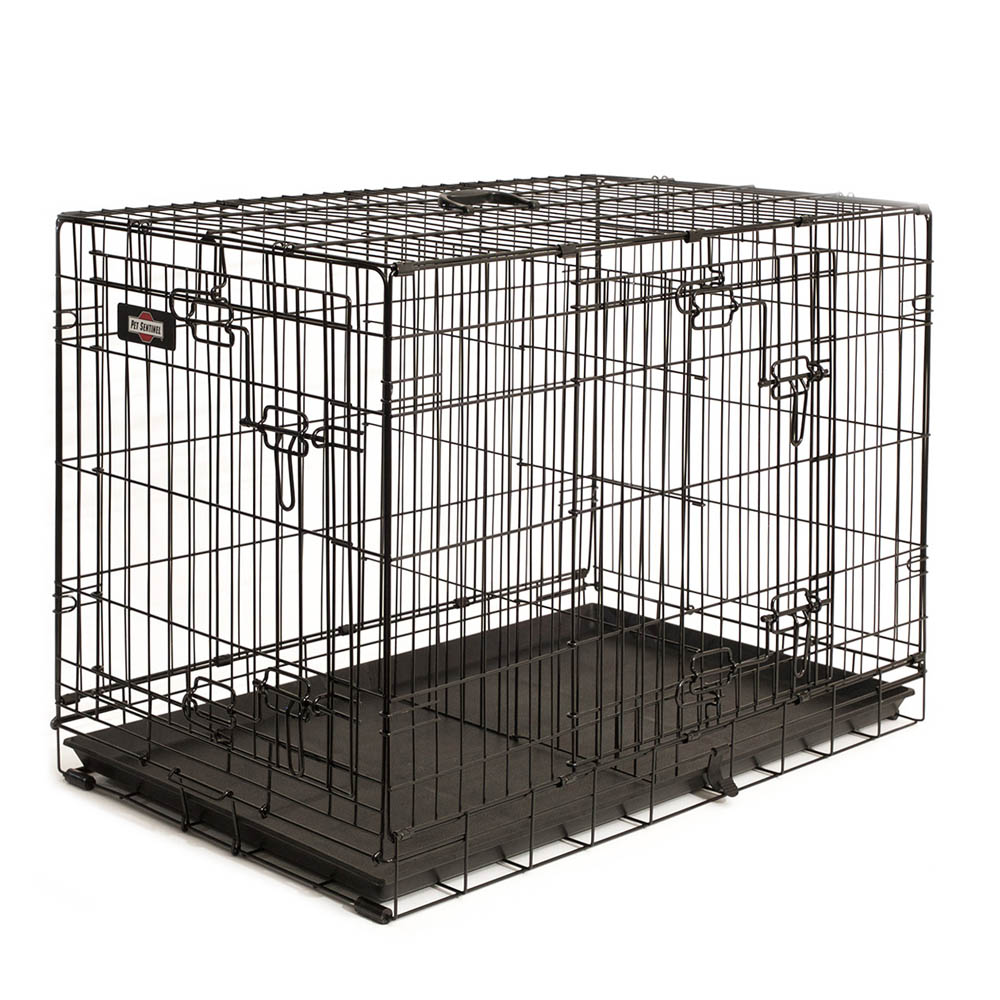putting up chicken wire fence
Déc . 07, 2024 04:10
The Art of Installing a Chicken Wire Fence
When it comes to creating a safe and secure environment for your feathered friends, putting up a chicken wire fence is an essential step. Not only does a chicken wire fence provide protection from predators, but it also defines the boundaries of your chicken coop or free-range area. Here, we’ll delve into the process of installing a chicken wire fence, providing practical tips and insights.
Understanding Chicken Wire
Before beginning your project, it’s important to understand what chicken wire is. Chicken wire, or hexagonal wire mesh, is made from thin, flexible wire twisted into a hexagonal pattern. Its primary purpose is to keep chickens contained while allowing for air circulation and visibility. While sturdy enough to deter smaller predators like raccoons and rabbits, it’s not impervious to larger animals; thus, it is crucial to use it correctly.
Planning Your Fence
1. Choosing the Location Pick a spot for your fence that is free from debris and allows ample space for your chickens to roam. Consider the natural layout of your yard to create a contour that maximizes the area while keeping your chickens safe.
2. Measuring the Area Measure the length of the perimeter where you intend to install the fence. This will help you determine how much chicken wire you need, as well as the number of posts required. Unlike solid panels, chicken wire can be more flexible, allowing for creative shapes and enclosures.
3. Gathering Supplies You'll need chicken wire, wooden or metal posts, fencing staples or nails, a hammer, wire cutters, and a tensioning tool. If you’re planning to create a gate, be sure to include hinges and latches in your supplies.
Installing the Fence
putting up chicken wire fence

1. Setting Up Posts Begin by marking the spots for your posts, ensuring they are spaced about 6 to 8 feet apart for stability. Use a post hole digger to create holes for the posts, burying them at least 1/3 of their length for a sturdy base. Ensure you set the posts vertically and secure them with either soil or concrete.
2. Attaching the Chicken Wire Roll out the chicken wire and cut it to the appropriate lengths. Starting from one corner, attach the wire to the first post using fencing staples or nails. Pull the wire tight as you move to the next post to prevent sagging. Continue this process, making sure to secure the wire at each post.
3. Using Reinforcements For added security against predators, consider burying the bottom few inches of chicken wire underground or adding a skirt of wire extending outward to discourage digging. This is particularly important if your area is prone to raccoons, foxes, or other burrowing animals.
4. Creating a Gate When installing a gate, choose a section of the fence that provides easy access for you while ensuring that it remains secure. Make sure to use sturdy hinges and a reliable latch that will withstand wear and tear.
Maintenance Tips
Even after installation, maintaining your chicken wire fence is crucial. Periodically check for any signs of wear or damage, especially after storms or severe weather. Additionally, keep an eye out for loose wires or gaps where predators could exploit weak points. Regular maintenance will ensure the longevity of your fence and the safety of your chickens.
Conclusion
Incorporating a chicken wire fence into your chicken-keeping routine is a simple yet effective way to provide a safe and secure environment for your flock. By carefully planning, gathering the right materials, and following proper installation techniques, you can create a fence that not only serves its purpose but also blends beautifully into your yard. With your chickens safely contained, you can relax and enjoy the delightful clucking sounds of your happy, healthy birds.




















